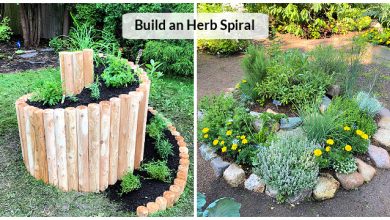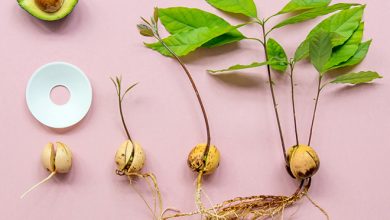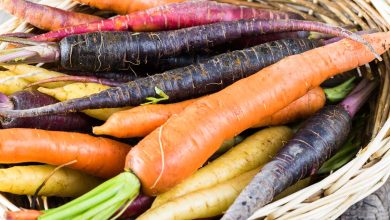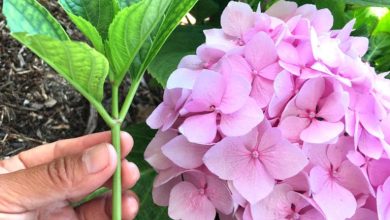Horsetail in the Garden: Where does horsetail grow?
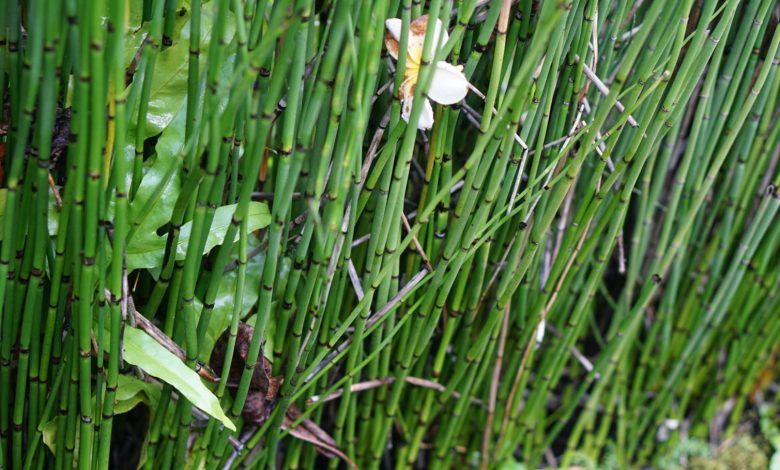
Good farmers. After explaining to you some trick that you can use after picking tomatoes in your garden, we now bring you a plant that many of you are sure to know: THE HORSE’S TAIL.
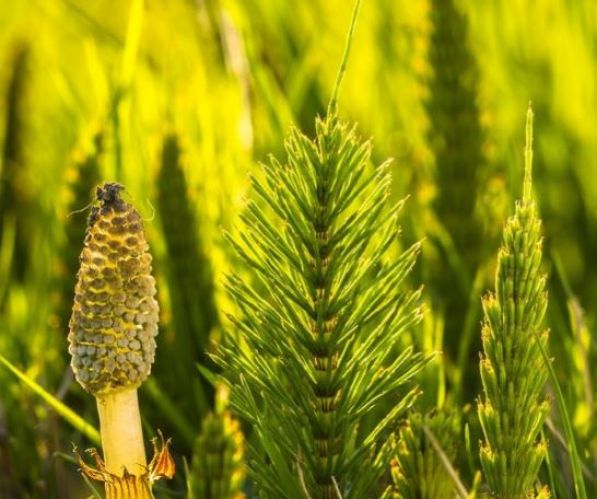
In the last visits we have made to orchards such as the traditional orchards of Urueñas or in Esta es una Plaza passing through the Wellington hotel orchard, we have found that the way in which the ortolans act is similar. Daily observation, for example, is something that all people who have a garden in their hands do.
In turn, have natural products to be able to eradicate a possible plague more easily. On the part of all of you, as I have seen in comments, you know the use of nettle as a fertilizer and insecticide, but perhaps horsetail can provide us with other things. Let’s see what.
Horsetail (Equisetum arvense)
Equisetum arvese is the scientific name for the horsetail that belongs to the Equisetaceae family. It is a perennial shrub with dimorphic stems, that is, it has two different anatomical shapes. So some stems are sterile and others are not. The sterile ones can have a height of 1 meter and with a whitish green color.
They have stem sheaths as long as they are wide (to give you an idea, the length of the stem is as wide as it is long), although they are somewhat enlarged at the top.
The branches are simple with four V-shaped ramifications. If we talk about the fertile stems, they are shorter (about 25 cm), they are not branched and they are not green, because they do not have chlorophyll, the pods being flared.
The sexual part of the horsetail is a strobilus that is located in the upper part where the spores are produced, which will pollinate in the spring.
Where to find horsetail?
On the back of a horse…wow…Anyway, after this brief stint at the Comedy Club, let’s get to know Equisetum arvense.
We can find this plant in areas with not much light, where there is heat but without excessive temperature and where the soil is sandy and not very fertilized. So it is normal to find it next to watercourses, crop fields, slopes (an incline).
At sea level, the horsetail appears up to about 1800 meters of altitude. In Spain we can find it wild in most of the provinces of the northern half.
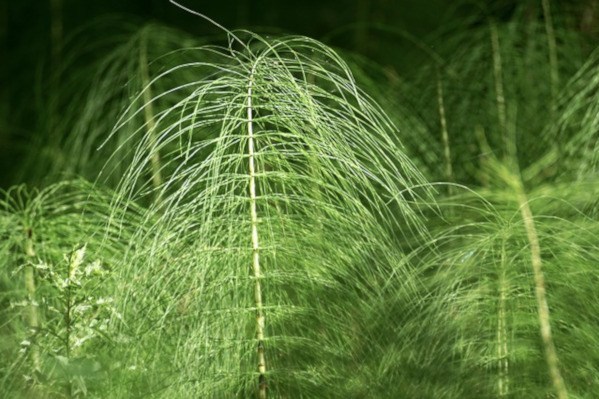
horsetail seeds
When it comes to getting horsetail seeds, I recommend that you go to nurseries, specialized stores or ask trusted people who have this plant.
Medicinal uses of horsetail
Some of the medicinal properties of horsetail are:
- Diuretic: helps eliminate liquids.
- Skin: it helps to combat herpes, fungi, eczema and herpes among others.
- Bones: remineralizes the bone system
- Healing: helps heal wounds.
- Cell regenerator
- Tendons: Galen, one of the fathers of ancient medicine, used it boiled to cure sore tendons.
- Lose weight: helps to lose weight because it eliminates fluids from the body and with them excess toxins are also eliminated.
- Genitourinary problems: it is very helpful in cases of kidney stones, urinary infections, inflammation of the bladder or prostate, cystitis and urethritis.
- Hemorrhages: very useful to control and cure hemorrhages due to its astringent capacity, it contracts the tissues due to its tannin content, so it is very suitable to quickly heal and close bleeding wounds, stop and control nosebleeds and heal ulcers cutaneous.
- Diarrhea: it is very useful in diarrhea.
- Inflammation: it is a good anti-inflammatory.
- Enuresis
Among many other uses. But, its consumption must be balanced and should not exceed six weeks. You can buy horsetail in capsules.
How to use horsetail in the garden?
Its main characteristic for use in the garden is its high silicon content, which will help to strengthen the cellular tissues of plants. This will help fight possible fungal attacks, that is, fungi. I am going to explain to you in the following words, how to prepare a decoction that you can later apply in your garden.
- We need 50 grams of dried horsetail, either collected in the wild and then dried or purchased at a herbalist.
- Then, we put the 50 grams in a container with 3 liters of cold water and let it macerate for 12 hours.
- Once macerated, it is boiled for 20 minutes.
- Next, we extract the boiled solution and filter it through a strainer.
This would be the obtaining process, then we will apply it to the plant with a sprayer but we must dilute it in water by 20%, that is; For every liter of water, add 250 ml of the preparation.The best time to use it is in spring, when the risk of fungi increases in our garden.
If you liked this article, do not hesitate to take a look at another one about: 10 beneficial plants that help us in the garden.
I leave you here a video on how to prune the horsetail in your orchards or gardens.
References
- Margulis, L., Chapman, M. (2009). Chapter Five – KINGDOM PLANTAE. Editor(s): Lynn Margulis, Michael J Chapman, Kingdoms and Domains (Fourth Edition). Academic Press. 411-462.
- Ali, P., Chen, Y., Sargsyan, E. (2014). Chapter 12 – Bioactive Molecules of Herbal Extracts with Anti-Infective and Wound Healing Properties, Editor(s): Kateryna Kon, Mahendra Rai. Microbiology for Surgical Infections. Academic Press. Pages 205-220.
- I. Yamaguchi, J. Cohen, A. Culler, A. Quint, J. Slovin, M. Nakajima, S. Yamaguchi, H. Sakakibara, T. Kuroha, N. Hirai, Yokota, T. (2010). Plant Hormones. Editor(s): Hung-Wen (Ben) Liu, Lew Mander. Comprehensive Natural Products II. Elsevier. 9-125.
Well, nothing agrohuertistas, I hope you have learned a little more about this plant and you can use it in your garden.
See you in the garden!

